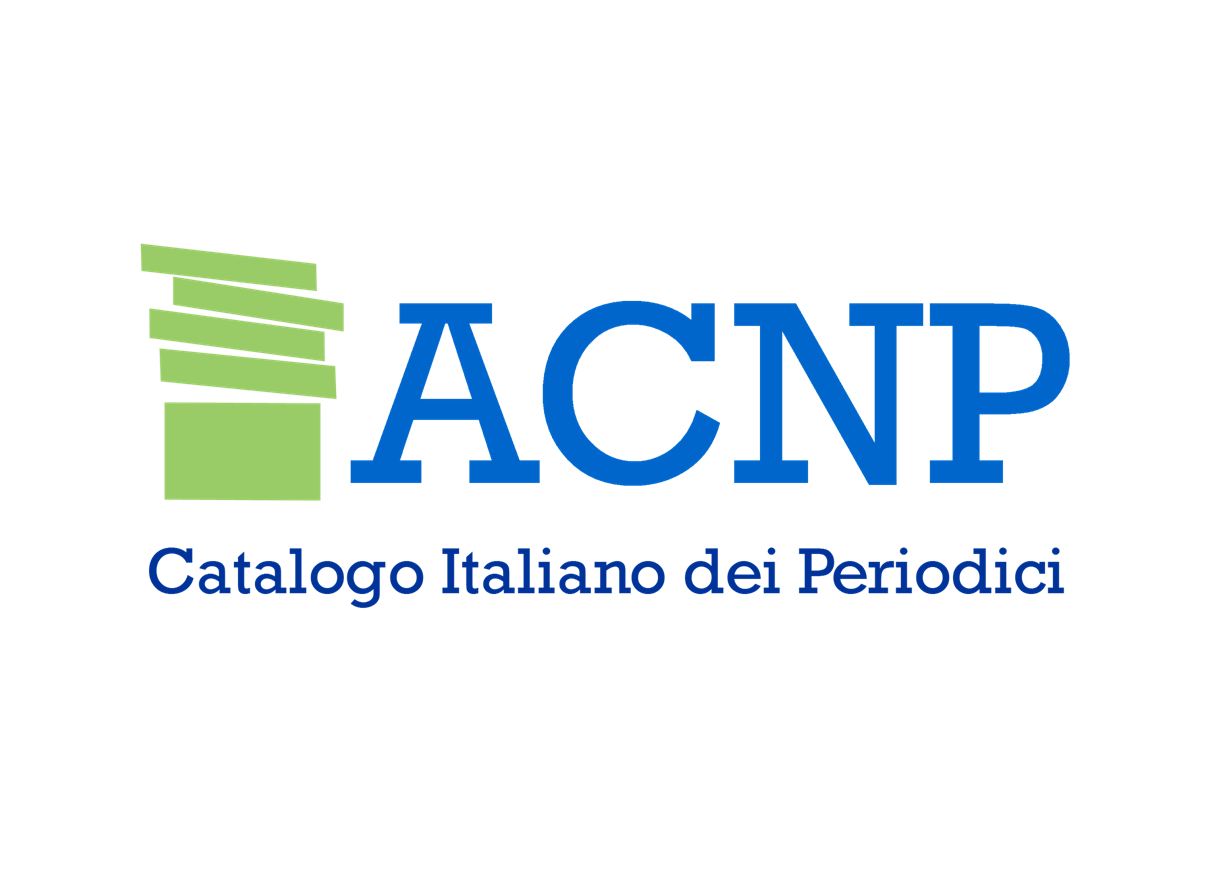No. 2 (2022): The present and future of the digital society. Lights and shadows of an inevitable transition.

Edited by Angelo Del Cimmuto, Fulvio Oscar Benussi
In this issue of Community Notebooks. People, Education and Welfare in the 5.0 society, entitled Il presente e il futuro della società digitale. Lights and shadows of an inevitable transition, digitality and its applications in the scholastic, training, academic and organisational spheres constitute the reference areas through which we intend to describe the real applicability of digital processes to teaching-learning paths and to the dynamics of the labour market and associated life in order to be able to describe the scope and innovativeness of what is being experienced and realised in current societal contexts. A reflection that always intends to maintain a critical gaze so as not to fall victim to the drifts of technological determinism, with the intention of illustrating the lights and shadows of an unstoppable process that can only be guided through an adequate understanding of the complexity of the variables involved.






